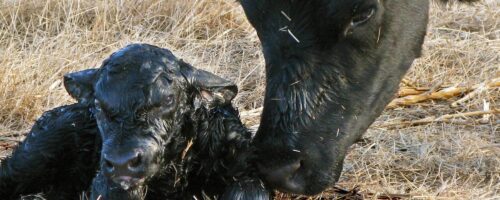Tag: livestock
Categories
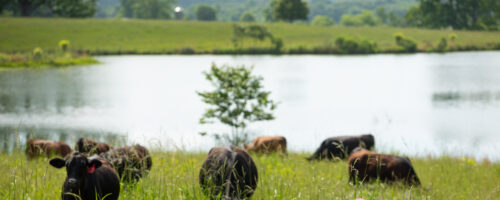
What’s swimming in your stock water?
Estimated reading time: 5 minutes
Learn to identify aquatic insects to determine if your livestock’s water sources are healthy and provid...
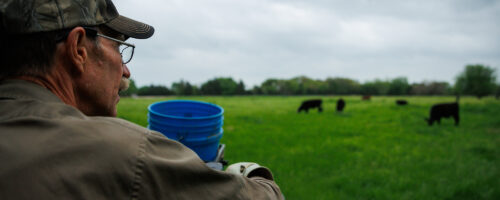
Discover the Power of Observation: A Guide to Tracking and Enhancing Your Regenerative Ranching Transition
Estimated reading time: 5 minutes
In ranching, where every decision can tip the scales of ecosystem health, the power of observation cannot...
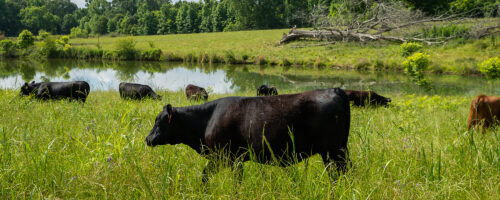
Consider Water Impoundments and Streams When Grazing Livestock
Estimated reading time: 5 minutes
Proper grazing planning and management can use animal impact to help, not hurt, important water-based eco...
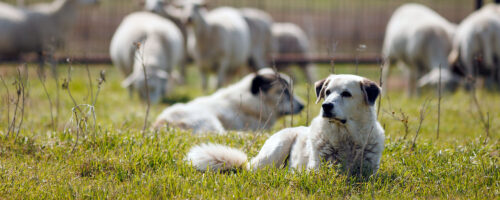
How To Select And Train Good Guardian Dogs For Your Ranch
Estimated reading time: 9 minutes
Livestock guardian dogs play a valuable role in protecting small ruminants while they graze. Here are sel...
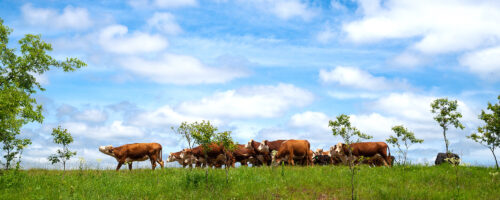
How To Use Your Best Stockmanship When Moving to Greener Pastures
Estimated reading time: 9 minutes
Stockmanship takes on extra importance and value when moving animals in a regenerative ranching operation...
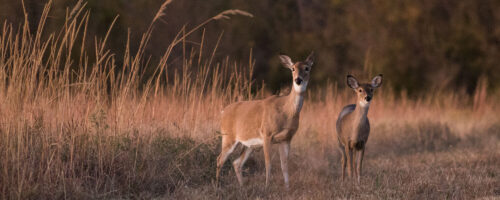
Is Wildlife Compatible With the Livestock on Your Ranch?
Estimated reading time: 5 minutes
Both can prosper with the right management. Here’s what to consider.
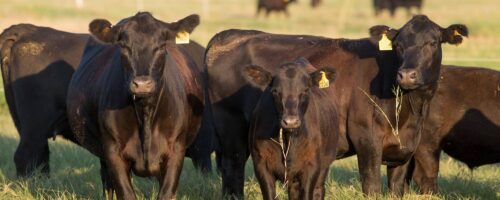
Using Bermudagrass Pastures to Meet Cow Nutrient Requirements
Estimated reading time: 5 minutes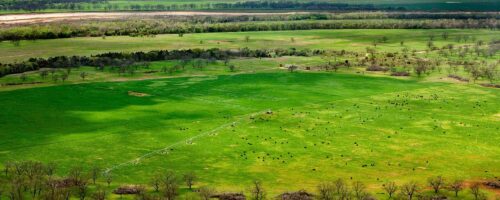
How to Evaluate Property for Raising Cattle
Estimated reading time: 7 minutes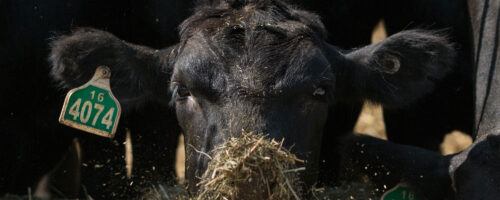
Magnets can help prevent hardware disease in cattle herds
Estimated reading time: 3 minutes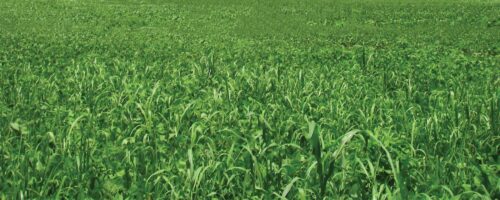
Don’t Overlook Johnsongrass in Your Pasture
Estimated reading time: 3 minutes